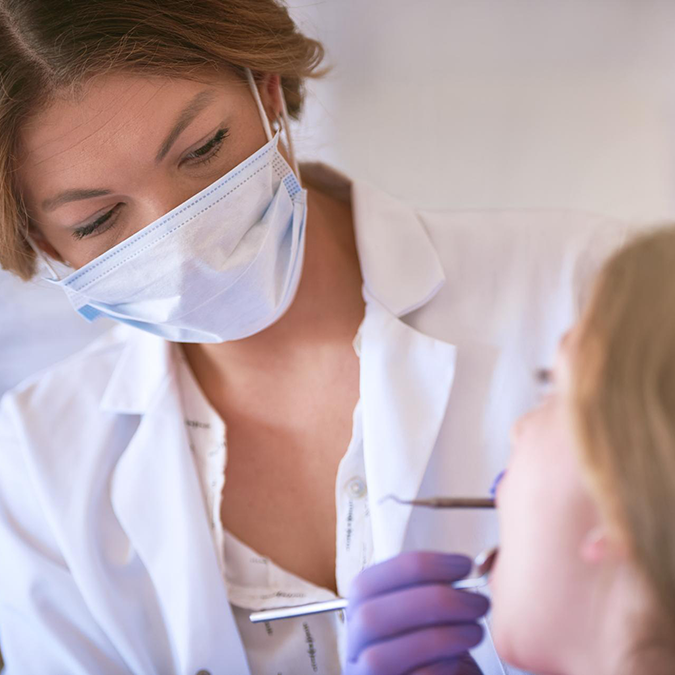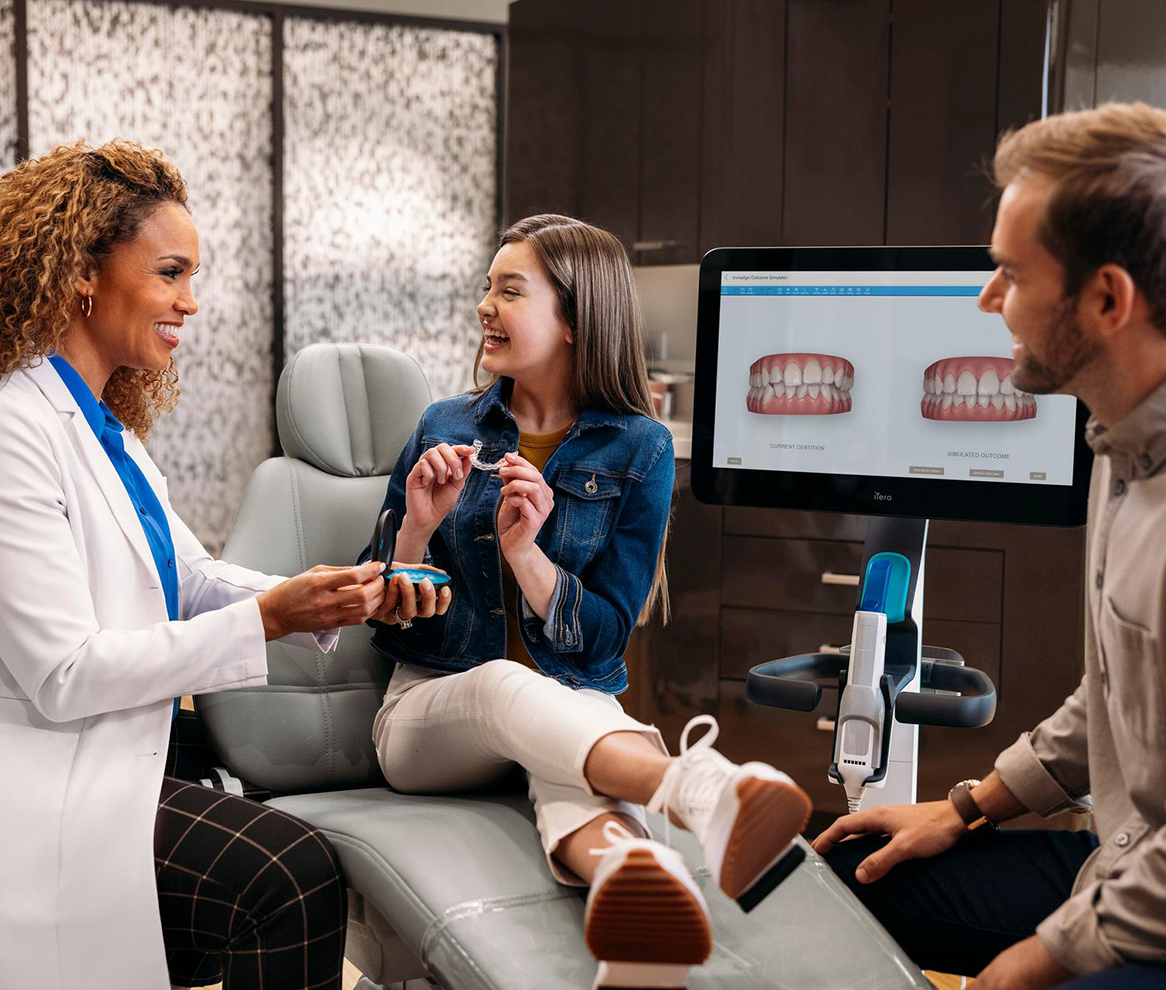Improved hygiene and less wear and trauma
Properly aligned teeth provide easier brushing and flossing and hence may reduce plaque retention, tooth decay, and the risk of gum disease. Aligned teeth may reduce the risk of tooth chipping, breaking, and wear, which can require expensive procedures to repair. Proper alignment also reduces stress on the jawbone and joints. Fixing a bad bite improves your smile and your health. Good tooth alignment improves function and self-cleaning and support effective oral hygiene, because mechanical tooth cleaning can only be effective where it reaches the tooth.
Want to learn more?




